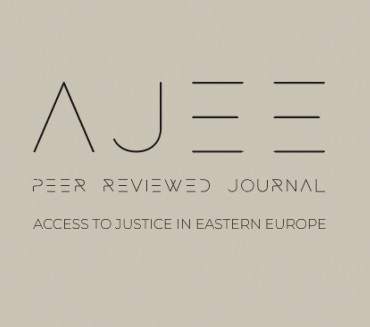Summary: Summary: 1. Introduction. – 2. European Mediation Policy and Its Implementation in the Baltic States. – 3. Mediation Models in the Baltic States. – 3.1. Mediation in Lithuania. – 3.1.1. Mediation in Civil Justice. – 3.1.2. Mediation in Administrative Justice. – 3.1.3. Mediation in Criminal Justice. – 3.2. Mediation in Latvia. – 3.2.1. Mediation in Civil Justice. – 3.2.2. Mediation in Administrative Justice. – 3.2.3. Mediation in Criminal Justice. – 3.3. Mediation in Estonia. – 3.2.1. Mediation in Civil Justice. – 3.2.2. Mediation in Administrative Justice. – 3.2.3. Mediation in Criminal Justice. – 4. Comparison of the Developed Mediation Models in Lithuania, Latvia, and Estonia and Recommendations for the Future. – 5. Conclusions
This article explores the response of Lithuania, Latvia, and Estonia to major European initiatives in the field of mediation. Accordingly, the paper examines EU attempts to foster mediation and introduces the process and the outcome of the implementation of the Mediation Directive (as the main legal instrument of setting the unified standards for mediation in the EU) in the aforementioned Baltic States.
Research commenced with a review of the existing literature, followed by an analysis of mediation models currently being implemented in the three Baltic States. A comparative analysis of the models presented by the authors and a discussion of common issues and challenges enabled us to draw certain conclusions.
Throughout, the paper considers key developments in the implementation of mediation and presents an analysis of what are considered to be the main challenges that need to be addressed. This research assists dispute resolution practitioners and researchers who are interested in better understanding how different countries are implementing mediation practices and processes.

